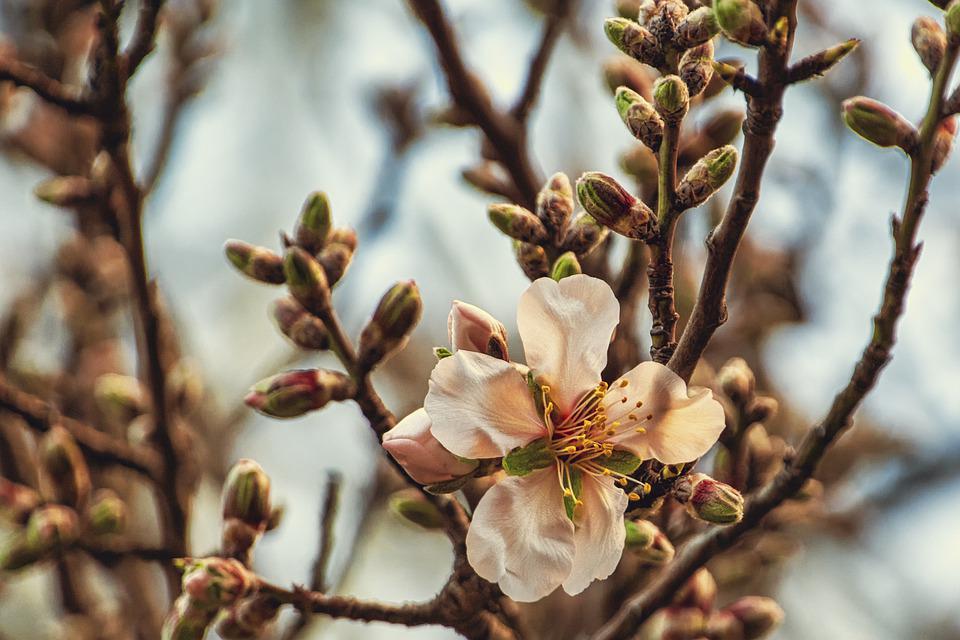



Article by: Hari Yellina
Due to the ongoing COVID-19 pandemic, a rapid body temperature test is now required before entering many businesses, hospitals, and clinics. The goal is to check for fevers, which is commonly done with a non-contact infrared thermometer. Plant body temperatures are now routinely measured in many field crops, not to screen for infectious illnesses, but to analyse the effects of seasonal heat on plants. By controlling canopy temperature, citrus growers can boost growth and productivity. It may come as a surprise to hear that citrus trees are often megatherms, meaning their leaf temperature climbs much above the ambient temperature during hot summer days. Even citrus fruits can become overheated, resulting in fruit sunburn.
The state of Florida is notorious for its extreme heat, especially during the summer. The maximum summer temperature in Central Florida was 99 degrees last year. Researchers previously discovered that temperatures above 86 degrees Fahrenheit increasingly decreased citrus photosynthetic effectiveness. Given the state’s typically high summer temperatures, this is most likely a common occurrence in Florida. Citrus trees frequently endure substantially higher temperatures in their leaves than in the air due to megathermy activity.
Temperature affects the photosynthetic mechanism, metabolic activities, and enzyme functioning of plants. Plants become more prone to oxidative stress, heat injury, and tissue necrosis as leaf temperature rises over the optimal temperature (about 86 degrees for citrus). As a result, growth and yield are diminished, and the quality of the fruit and juice is occasionally compromised. A recent National Oceanic and Atmospheric Administration report says that Florida currently has an average of 25 extreme heat days each year. This number is expected to increase in the long term.
Citrus quickly switches gears from a productive mode to a strong defence mode when it detects an unfavourable temperature, according to UF/IFAS tests, but the reverse appears to be a time-consuming process. Citrus leaf physiology benefits from a cooler, less stressful climate because it allows for more photosynthesis and higher fruit yield and quality. HLB-affected The growth of Hamlin orange trees under various permanent shade circumstances is being researched. During hot and sunny summer days, leaves in 50 percent and 70 percent shaded trees can keep 8 to 16 degrees cooler than leaves in fully exposed trees. During the peak summer months, the cooler canopy leaves also display increased photosynthetic performance. In addition, shaded citrus trees produced more fruit and had superior juice quality.
This study demonstrates why, especially in HLB circumstances, maintaining a low-stress growth environment is critical for citrus physiology and productivity. Partial shading or a cooler, low-light setting, for example, can help to reduce both HLB and high-temperature stress. The development of low-cost horticulture solutions for shading commercial citrus fields warrants more exploration. This work has identified a research need for generating and identifying cultivars with low heat-stress memory and faster stress recovery.